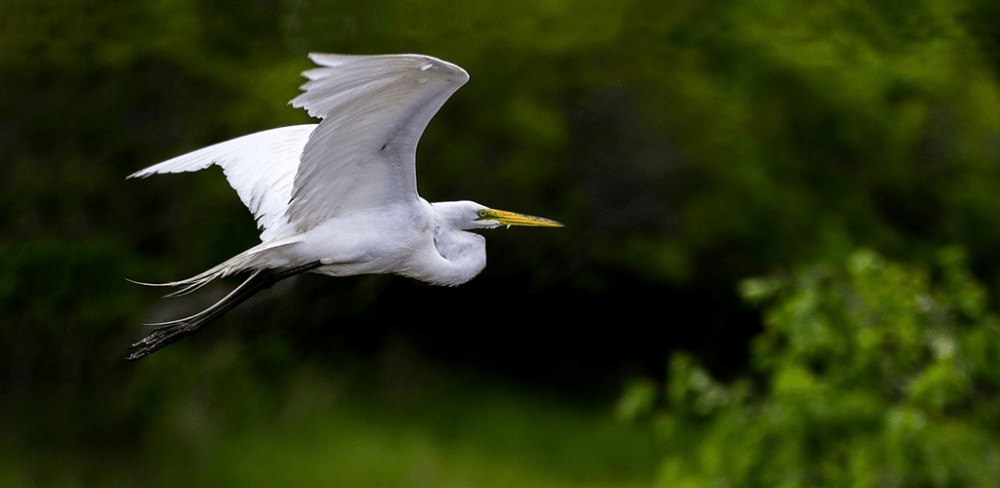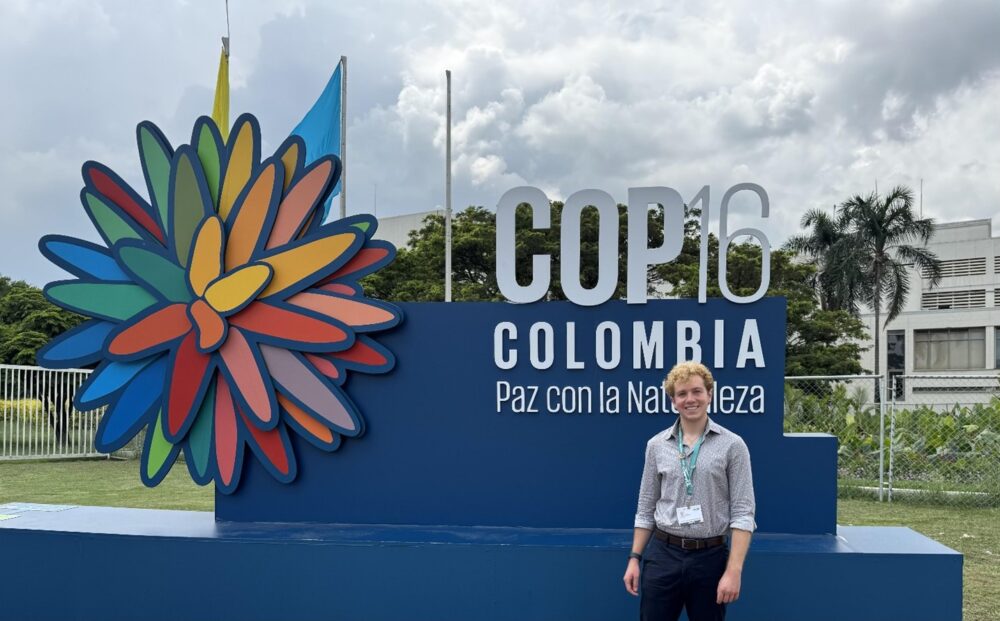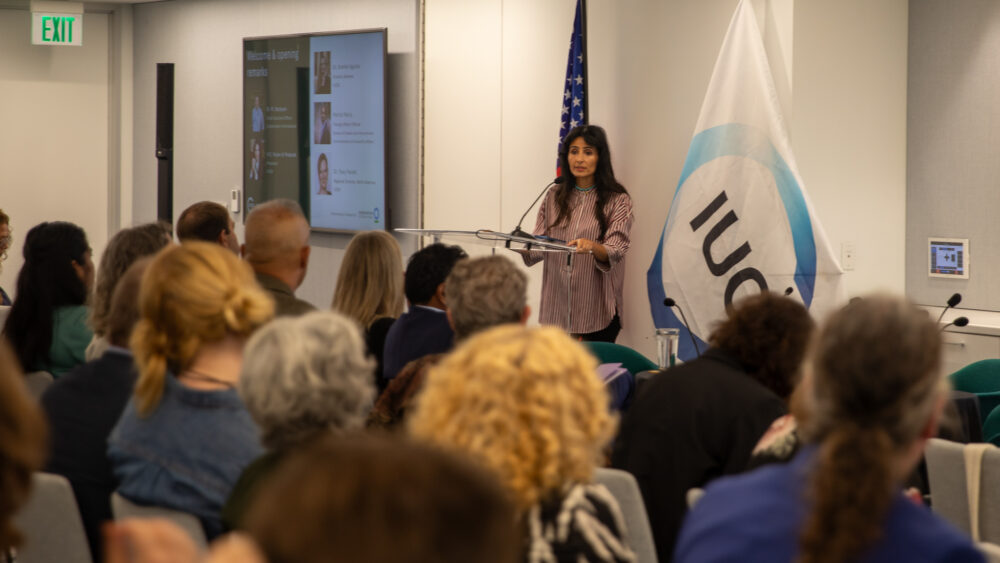We have much more to do and your continued support is needed now more than ever.
Cautious Optimism
COP26 Reflections from the National Wildlife Federation’s Delegates
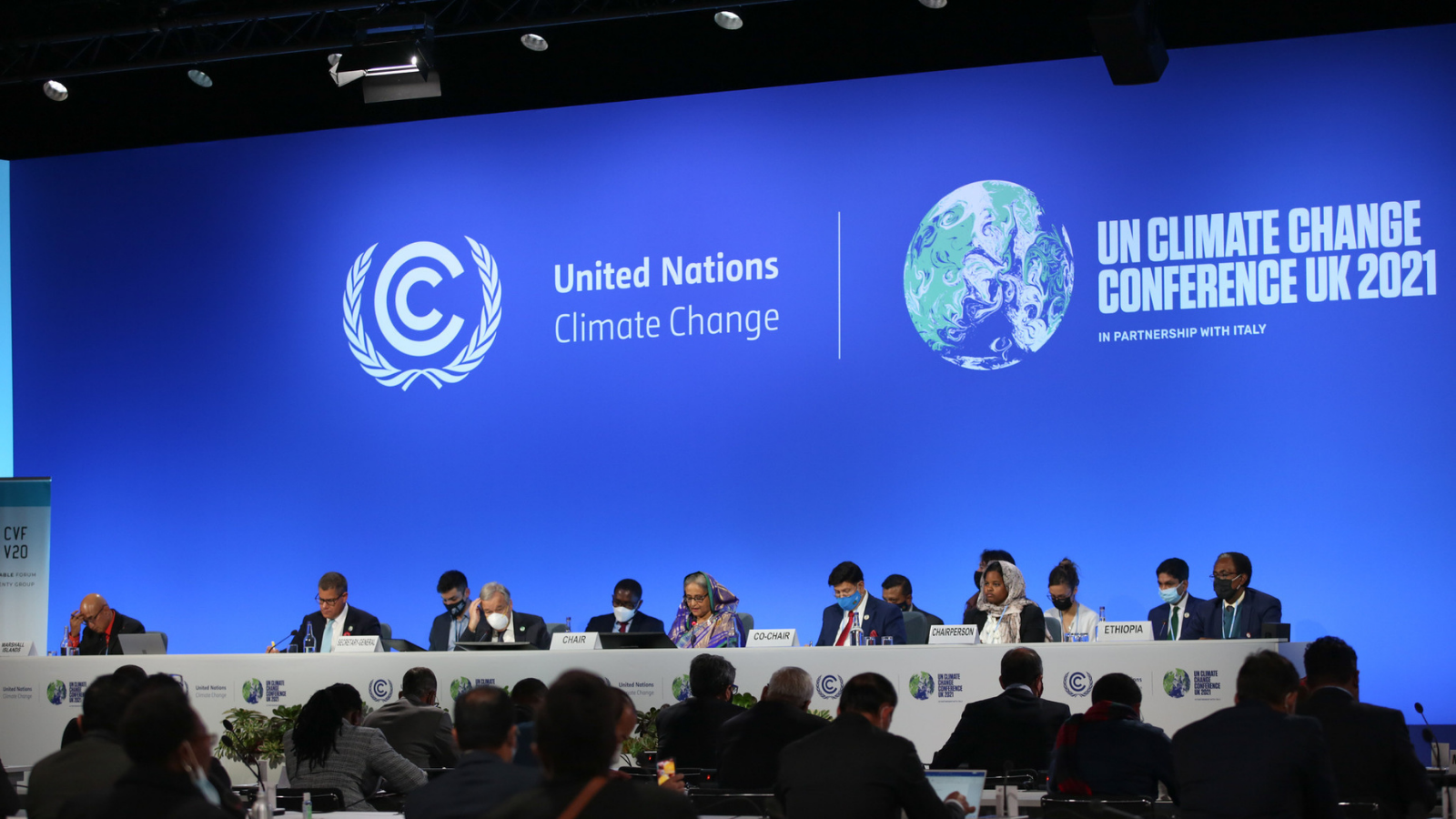
In the months leading up to the 2021 United Nations Climate Change Conference (COP26) in Glasgow, there was a feeling of urgency to ensure national governments and companies would stay on track to keep the Earth’s temperature increase below 1.5 degrees Celsius compared to pre-industrial levels.
This urgency was inflamed by the proliferation of youth climate strikes around the globe, companies failing to honor their environmental commitments, and the absence and then recommitment of the United States in the climate space. In Glasgow, all of these events collided to create an impactful and memorable conference with big wins for the environment, while retaining caution to ensure these wins are followed through.
Pledges and commitments on climate
At COP26, the National Wildlife Federation’s International Team and Education Team arrived with a set of priorities to see achieved to ensure that wildlife, climate, and the environment would be protected. Shortly after arriving, both teams launched into their work to ensure these priorities were reached. From late night strategy sessions with other NGOs to early morning discussions with negotiators, the conference provided an opportune platform for the National Wildlife Federation to spread its message around the world.
Shortly after our arrival, the extensive pledges and commitments on climate and the environment started rolling out. Covering forests, agriculture, biodiversity, and youth, these pledges and commitments are ushering in a new era to combat climate change and protect our valuable natural environments.
Forests
Forests are a critical habitat serving as carbon sinks and biodiversity hotspots around the world. Unfortunately, they have always taken a backseat as a climate solution when they should be recognized as a powerful nature-based tool.
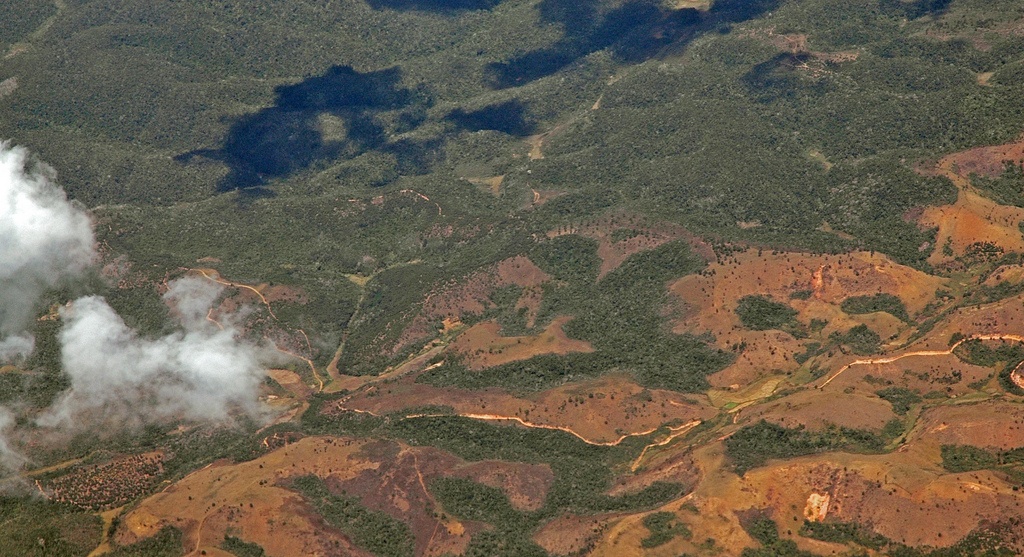
Commitments to protect forests and reduce deforestation had been pledged previously, but countries and companies often lacked the will and financial commitments necessary to realize their ambitions. COP26 is turning a new leaf for forests. At the beginning of COP26, the United States of America along with a coalition of 140 other countries (representing 90% of the world’s forests) committed to ending deforestation by 2030.
This was backed by $22.4 billion in public and private funds. Further, the main driver of deforestation — agricultural commodity production — was directly addressed. 12 leading agri-business companies committed to halting forest loss related to commodity production, and over 30 financial institutions pledged to eliminate agricultural commodity-deforestation risks in their portfolios by 2025. These pledges are a boon for forests since they directly addressed the main drivers of deforestation.
Agriculture
Building off the success of forests, agricultural commitments were featured prominently at COP26 as well. Many world leaders formally recognized that sustainable agriculture is a crucial part of the solution to the climate crisis and to creating secure food systems in the future.
Brazil, where agriculture and agri-business contribute 21% to the national GDP, plans to scale its low-carbon farming program to 72 million hectares by 2030. The UK, the president of COP26, will give over $65 million to support a ‘Just Rural Transition’ to aid developing countries in adopting more sustainable agriculture and food production. This kind of agricultural reform, as an essential part of the climate solution, will help keep the world on track to meet climate goals.
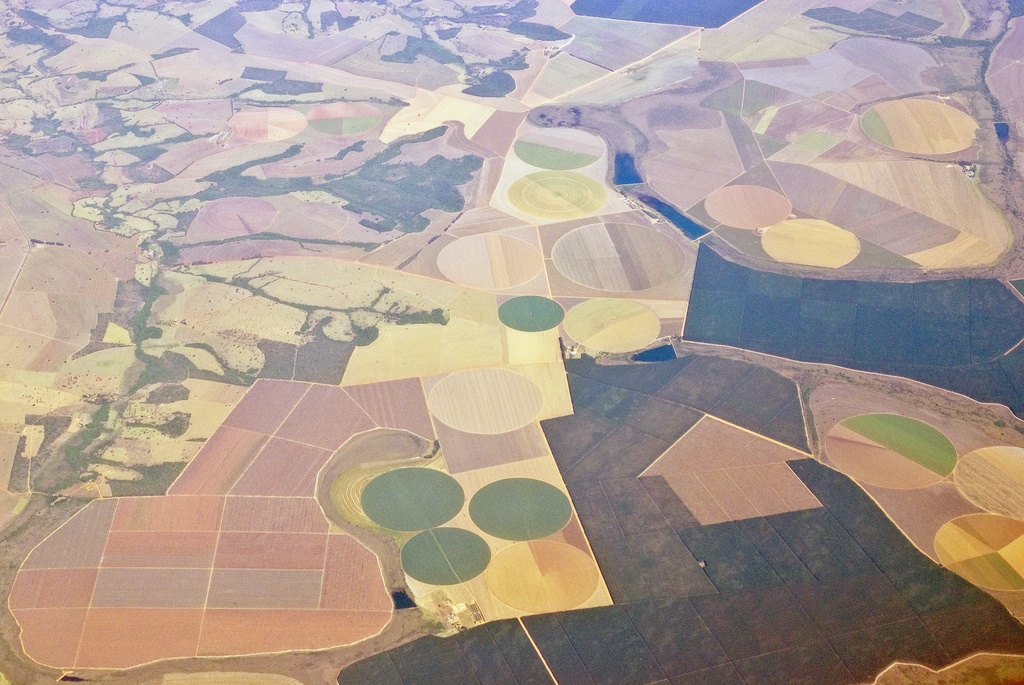
At the end of the conference, with a series of late-night negotiations, over 200 countries agreed on the Glasgow Climate Pact to finalize an emissions trading agreement and to keep the 1.5C goal alive. Feeling the pressure from the over 100,000 protestors outside the venue, the participating countries agreed to start phasing down fossil fuels. Additionally, countries now have to produce more ambitious emissions targets for 2030 by the next COP in their nationally determined contribution (NDC). Article 6’s norms, the major sticking point of the Paris Agreement, were finalized, thus allowing countries to exchange carbon credits with one another.
Youth
But, out of all of these commitments, what was most prominent at this COP was the presence of youth and their influence on the negotiations. The youth, including climate protestors and invited delegates from across the world, have been putting pressure on COP Leaders throughout the conference and they wanted their words turned into action.
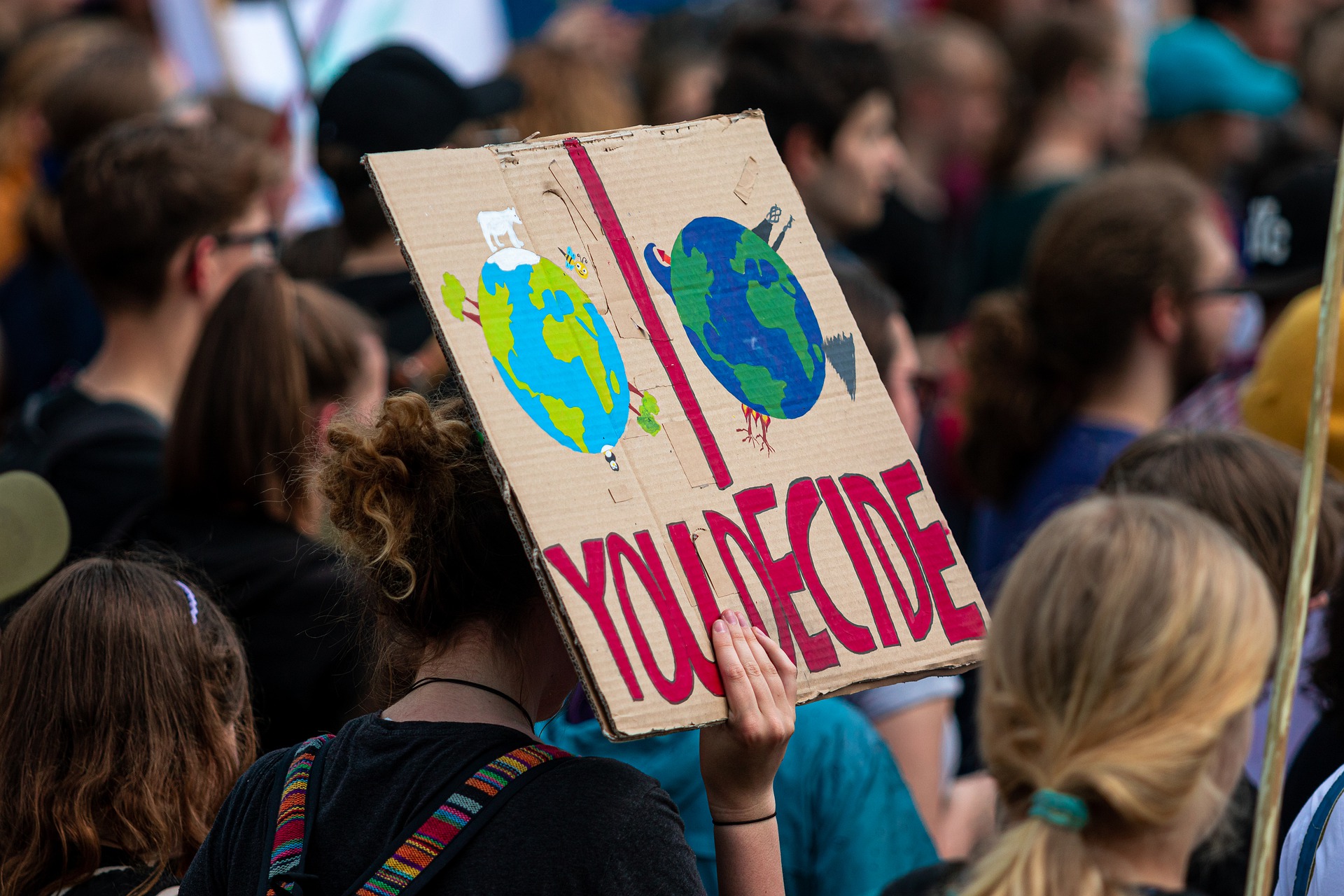
Feeling this impact, the power of youth engagement was mentioned three times in the Glasgow Climate Pact. Reflecting on this achievement, Kim Martinez, Vice-President of Education at the National Wildlife Federation, said:
“The Youth provide assets to the climate movement and have unique skills and opinions that need to be considered. I am asking my education team to help turn these words from the Glasgow Climate Pact into action with the youth we work with”.
COP26 produced a plethora of commitments and lofty pledges to save forests, climate, and biodiversity, but over the next year it will be crucial to ensure these pledges are implemented in a sustainable and transparent manner.
As COP26 closes and the world prepares for COP27 in Egypt, there is a feeling of cautious optimism surrounding the agreements and announcements that came out of Glasgow. There is optimism in the momentum that has been built around solving the climate crisis. We are finally witnessing governments and companies fully committing to adopting sustainable practices. Yet, we all proceed with a sense of caution.
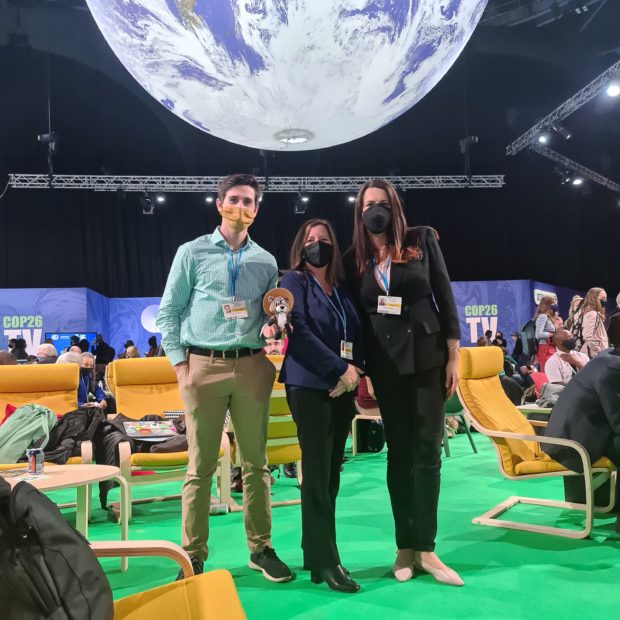
Over the next year, the world needs to see these commitments turn into actions and results being achieved. At the National Wildlife Federation, the Education Team is ensuring this by working with federal agencies, NGOs, Universities and Colleges, and the private sector to strengthen collaboration, drive change and scale-up solutions.
Bridging the work of the International and Education teams, the National Wildlife Federation will use the Sustainable Development Goals as an organizing framework to talk about our climate work collectively. There is a lot of work left, but COP26 has set a strong foundation for us to reach our climate goals.



